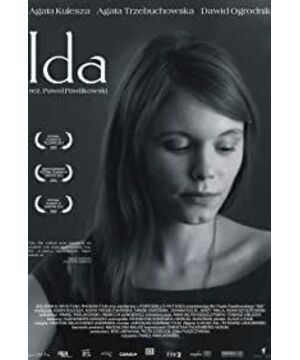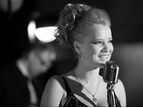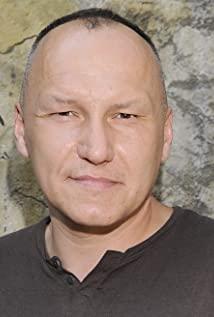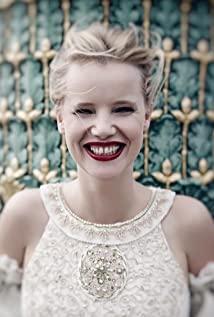In recent years, the best foreign language films at the Oscars seem to favor Jewish themes. This one has many similarities with Son of Saul. It also uses a narrow 4:3 format to create the texture of nostalgic images. The Polish director is very particular about composition and photography, making full use of the position of the characters in the picture to convey their identity and social status. The heroine in the film is always squeezed to the corner or the bottom of the screen, clearly expressing her neglected and suppressed state. On the other hand, many empty shots without characters are also full of elegance and classic flavor, thanks to the excellent camera angles to highlight meaningful effects in black and white images, such as the scene after my aunt jumped out of the window, which impressed me. very profound. This prominent video style is definitely a director's author label. It can be speculated that his new film "Cold War", which won the best director at Cannes this year, is also another wonderful presentation of the author's style. However, the work's subject matter and depth of expression are clearly underwhelming compared to the pleasing video style. The introductory part from the beginning seems to be a standard religious theme, and then there are hidden clues to the Jewish Holocaust. These highly controversial elements could have a lot to do, but the script's foothold is to describe the crisis of faith and identity of the post-war Jews. This entry point is undoubtedly extremely fresh and eye-catching. Unfortunately, the director's minimalist and omission handling method is confusing and confusing, making it difficult for audiences unfamiliar with Polish history to get a deeper reflection. Comparing the fate and lifestyle of women in the two generations is the highlight of the script, but it is suspected of being deliberately dramatic and evasive.
View more about Ida reviews











